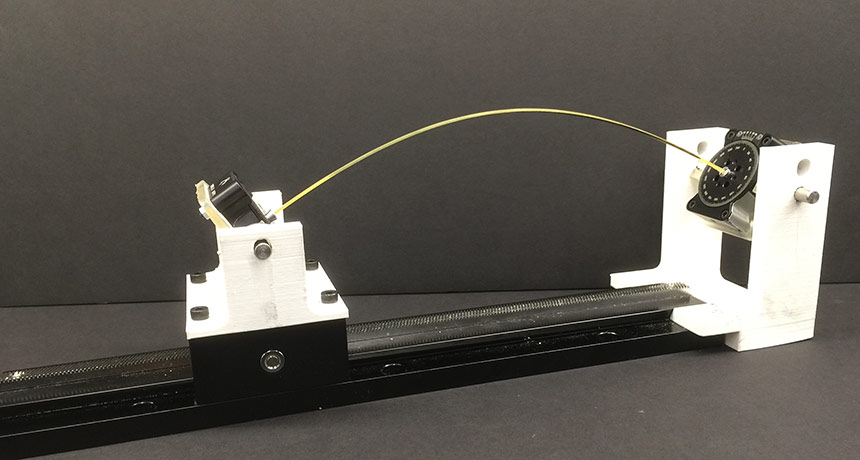colleague Someone who works with another; a co-worker or team member.
computer model A program that runs on a computer that creates a model, or simulation, of a real-world feature, phenomenon or event.
computer program A set of instructions that a computer uses to perform some analysis or computation. The writing of these instructions is known as computer programming.
degree (in geometry) A unit of measurement for angles. Each degree equals one three-hundred-and-sixtieth of the circumference of a circle.
model A simulation of a real-world event (usually using a computer) that has been developed to predict one or more likely outcomes. Or an individual that is meant to display how something would work in or look on others.
online (n.) On the internet. (adj.) A term for what can be found or accessed on the internet.
Proceedings of the National Academy of Sciences A prestigious journal publishing original scientific research, begun in 1914. The journal's content spans the biological, physical, and social sciences. Each of the more than 3,000 papers it publishes each year, now, are not only peer reviewed but also approved by a member of the U.S. National Academy of Sciences.
shard A piece of broken pottery, tile or rock, or a hard, broken piece of anything that has an irregular shape.
simulate To deceive in some way by imitating the form or function of something. (in computing) To try and imitate the conditions, functions or appearance of something. Computer programs that do this are referred to as simulations.
technology The application of scientific knowledge for practical purposes, especially in industry — or the devices, processes and systems that result from those efforts.








